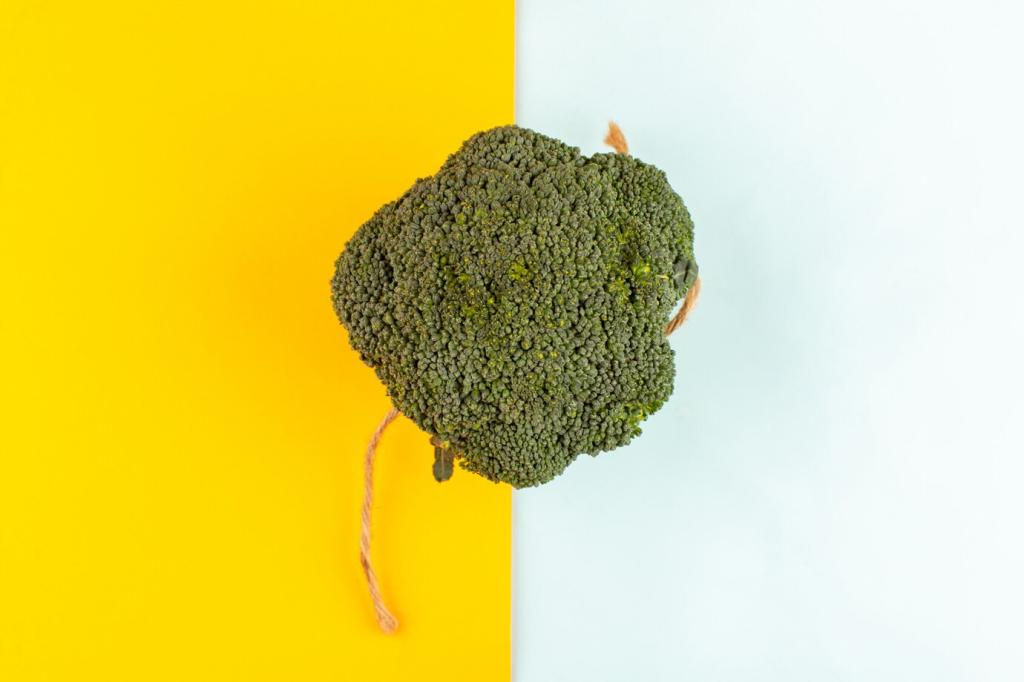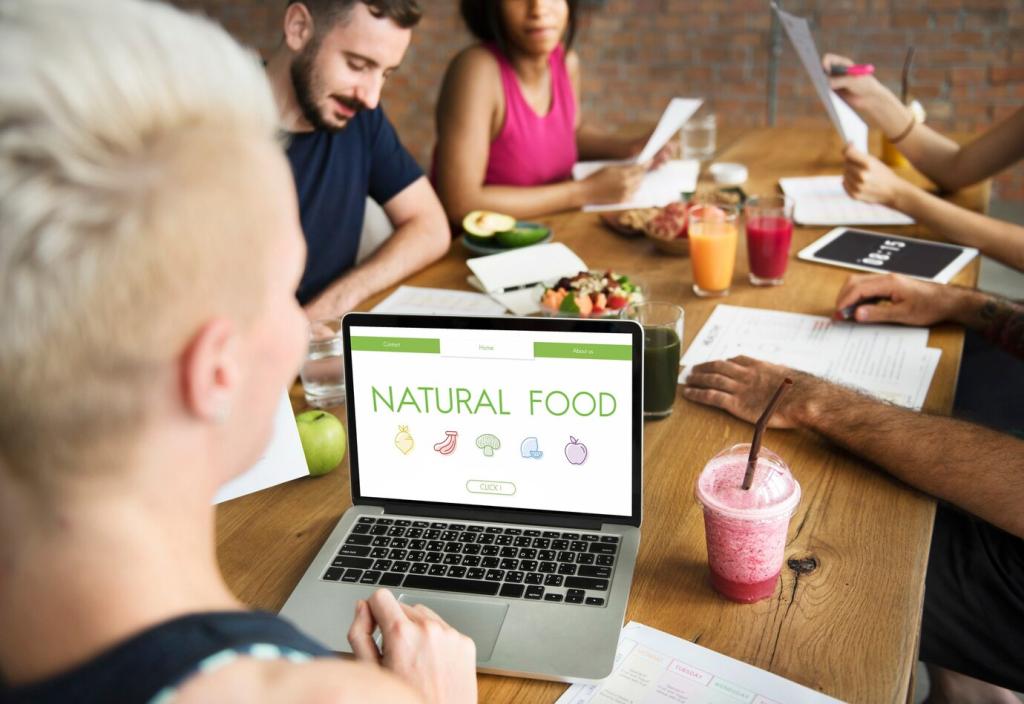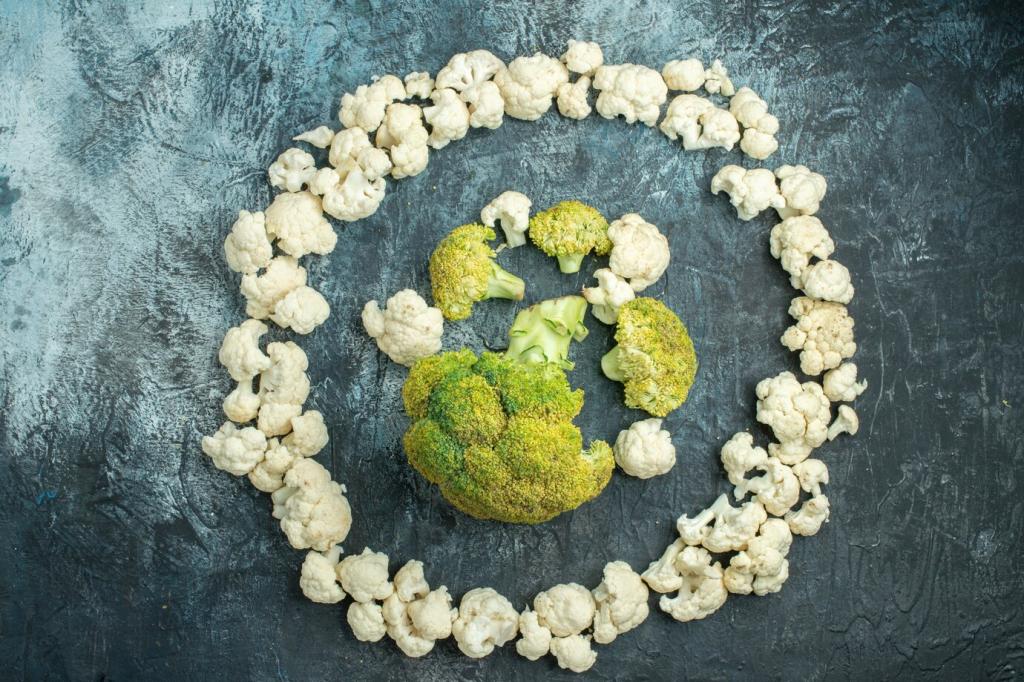
The Future of Vegan Cheese: Exploring New Techniques
Vegan cheese has rapidly evolved from a niche alternative to a serious contender in the world of culinary innovation. As demand for plant-based options continues to soar, researchers, chefs, and food technologists are reimagining what vegan cheese can be. Today, new techniques and breakthroughs are pushing the boundaries of flavor, texture, and nutrition, making vegan cheese more delicious and accessible than ever before. This exploration into the future of vegan cheese delves into the latest strategies for creating superior plant-based options, highlighting the technologies, fermentation methods, ingredients, and culinary innovations shaping this exciting food revolution.
Advanced Ingredient Innovation
Plant Proteins Redefined
Innovative approaches to plant proteins are transforming the vegan cheese landscape. Traditionally, bean, nut, and soy-based cheeses were often grainy or bland, lacking the elastic textures and complex flavors of dairy. Now, scientists are leveraging cutting-edge processes to extract and modify proteins from peas, rice, potatoes, and even upcycled side streams like oat pulp. By fine-tuning the amino acid composition and structure of these proteins, they are able to better replicate the casein found in milk, which is key to achieving authentic cheese melt and stretch. These improvements mean future vegan cheeses can offer mouthfeel and richness that rivals their dairy counterparts, pleasing both vegans and flexitarians alike.
Fats That Mimic Dairy
The type and treatment of fats are crucial to cheese’s creamy appeal. Until recently, many vegan cheeses relied on coconut oil or palm oil, which, while functional, did not fully capture the luxurious mouthfeel of milk fat and raised issues of sustainability. The future sees the rise of precision-engineered plant-based fats made from sources like algae, cocoa butter, and even specially bred canola. These fats can be structured at the molecular level to better mimic dairy fat, allowing cheeses to melt, brown, and release flavors in ways familiar to cheese lovers. This not only enhances culinary performance but also aligns with the growing call for more sustainable, eco-conscious ingredients.
Functional Starches and Fibers
While proteins and fats form a cheese’s backbone, fibers and specialty starches are being harnessed to create the nuanced textures that cheese aficionados desire. Through advanced processing techniques, ingredients like tapioca starch, chicory root fiber, or konjac can replicate the firmness of aged cheddar, the gooeyness of mozzarella, or the spreadability of cream cheese. Beyond just mouthfeel, these components contribute to water-holding capacity and shelf stability, reducing the need for artificial additives. As these techniques become more refined, the result is vegan cheese with improved structure, satisfying bite, and a cleaner label—factors essential to mainstream acceptance.
Microbial Fermentation for Flavor
One of the most promising approaches involves using specially selected bacteria and yeasts to recreate the savory, tangy, and complex flavors typical of traditional cheese. By fermenting plant-based substrates with proprietary microbial cultures, developers generate specific flavor compounds and aromatic profiles characteristic of everything from sharp cheddar to creamy brie. Moreover, these fermentation processes deepen the umami notes without the use of artificial flavorings or excessive salt. This allows vegan cheeses to develop unique personality and depth, appealing to both connoisseurs and casual consumers seeking more authentic taste experiences.
Precision Fermentation and Recombinant Proteins
A groundbreaking frontier in vegan cheese development utilizes precision fermentation, where genetically engineered microbes produce key dairy proteins such as casein or whey—without involving any animals. These bio-identical proteins are combined with plant-based fats and other ingredients to build cheeses that perform and taste almost like their animal-derived originals. This technology not only preserves the environment by reducing livestock farming but also helps bypass lactose intolerance and allergenicity issues common with animal milk. As regulatory and consumer acceptance grows, precision fermentation could redefine what is possible for vegan cheese, blurring the line between plant-based and traditional.

Meltability and Stretch
Achieving the signature melt and stretch of mozzarella or the gooeyness of fondue has long been a challenge for vegan cheese. Advances in ingredient chemistry and process engineering are changing this dynamic. By manipulating the interaction between plant proteins and specialty starches, innovators create stable emulsions that hold together under heat yet collapse in desirable ways when cooked. These innovations mean vegan cheeses now bubble and brown atop pizzas, fill grilled sandwiches with luscious streams, and deliver on the expectation for visual and tactile satisfaction. The pursuit of perfect melt is at the heart of vegan cheese’s mainstream culinary breakthrough.

Crumbliness and Aged Textures
For cheeses like feta, blue, or aged cheddar, a different set of textural challenges exist. Here, the emphasis is on developing structure, crumble, and the tiny crystalline elements found in well-matured dairy cheeses. Recent breakthroughs leverage combinations of fermented fibers, tailored enzymes, and carefully controlled drying and aging environments. This allows vegan cheeses to develop authentic rind, veins, and interior granularity over weeks or months. With each refinement, the ability to produce convincingly aged, robust vegan cheeses grows, opening doors for sophisticated pairing and plating in both home and fine dining settings.

Creaminess and Spreadability
At the opposite end of the spectrum, many consumers crave the luxurious smoothness of cream cheese or the soft ooze of brie. Here, formulators are focusing on high-shear mixing, rapid cooling, and emulsification techniques to suspend plant-derived fats and proteins in precise ways. Combined with enzymatic softening and careful acidification, these processes yield vegan cheeses that spread effortlessly on bagels or cascade over crackers. Importantly, these products are not just mimicking dairy but often offer improved nutrition with lower saturated fat and cleaner ingredients—a win for both indulgence and health.
